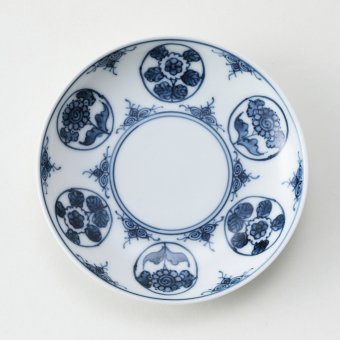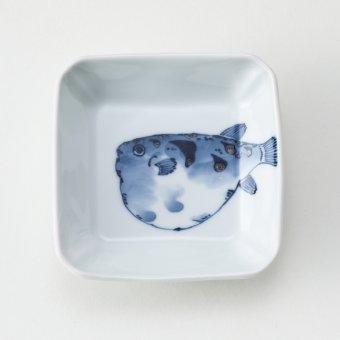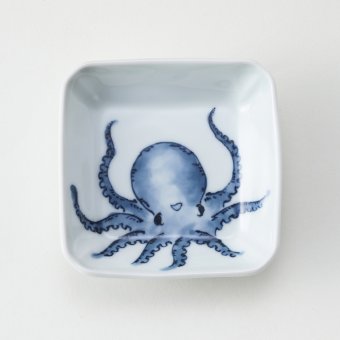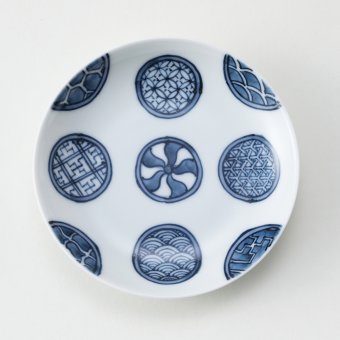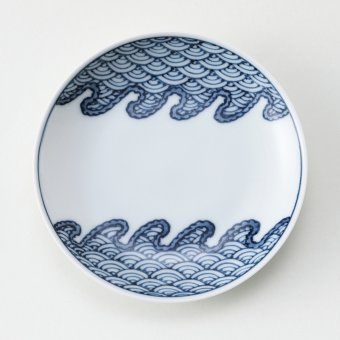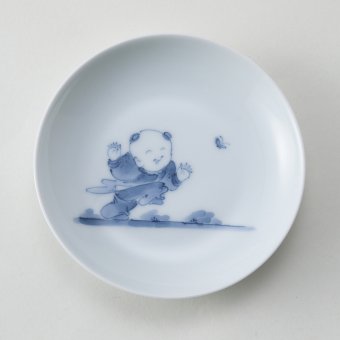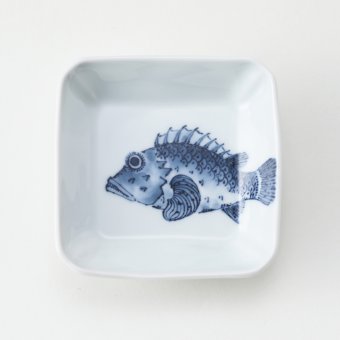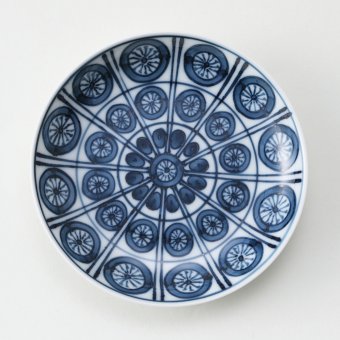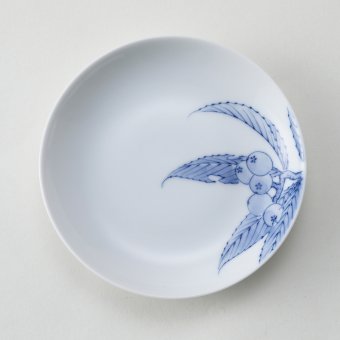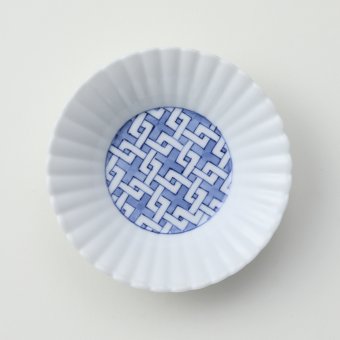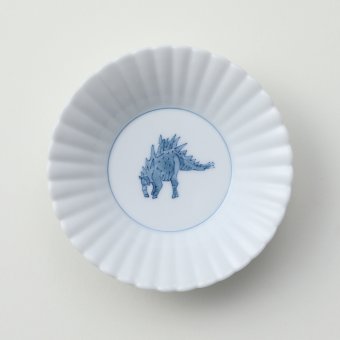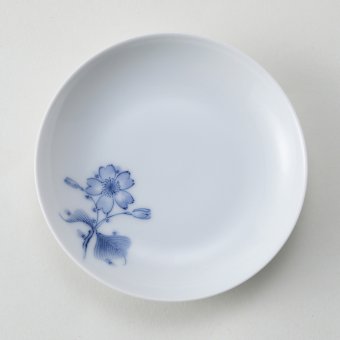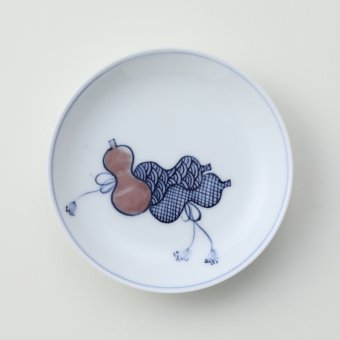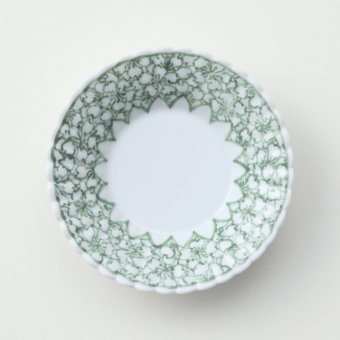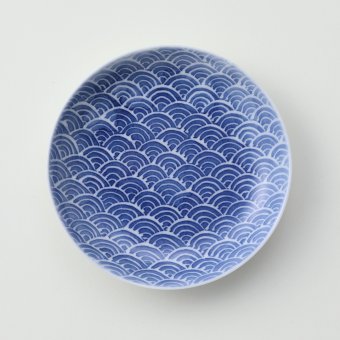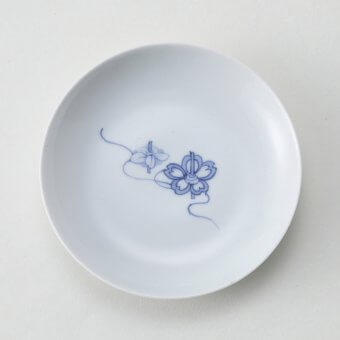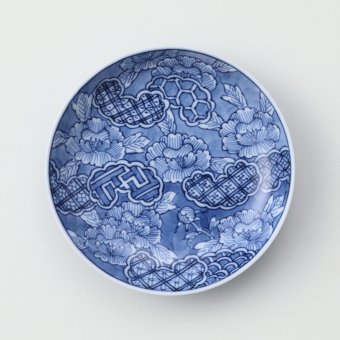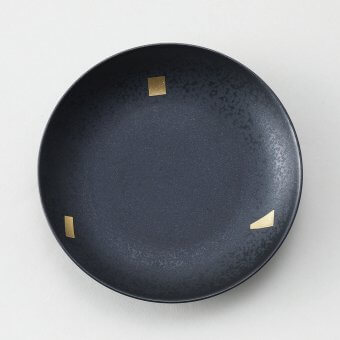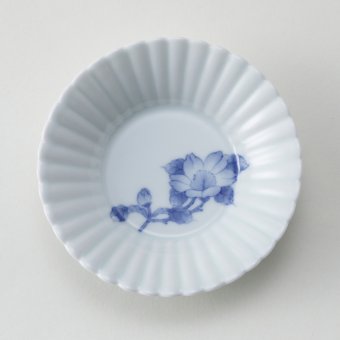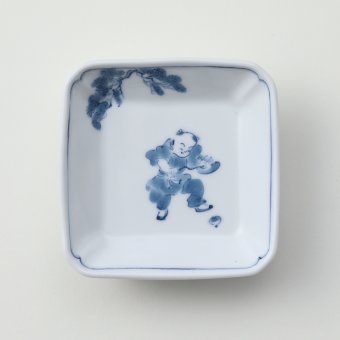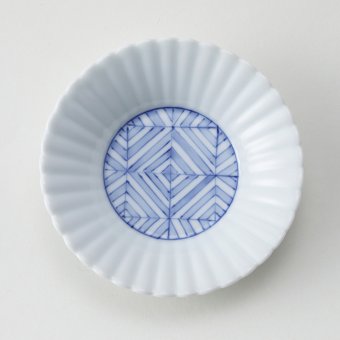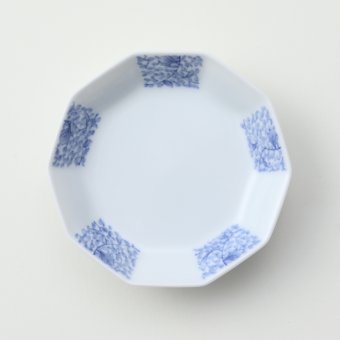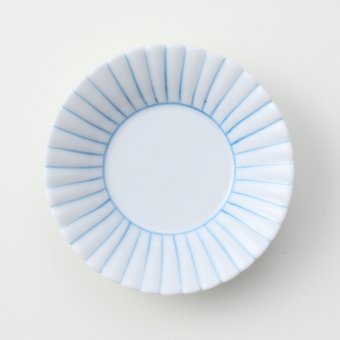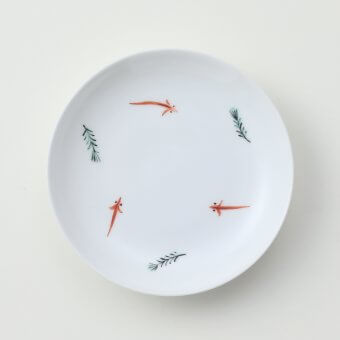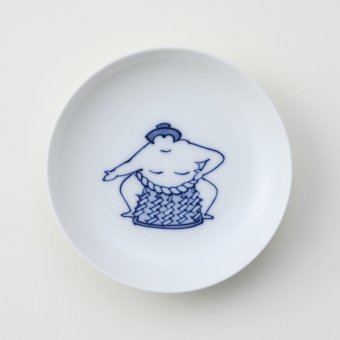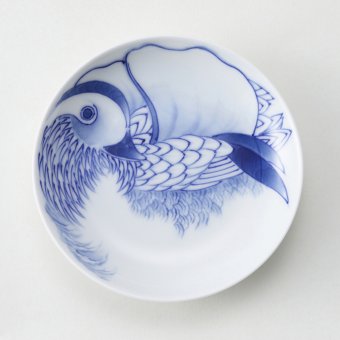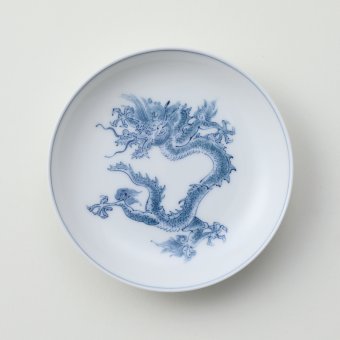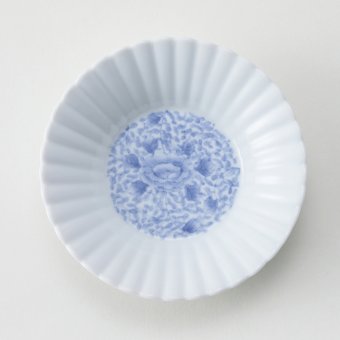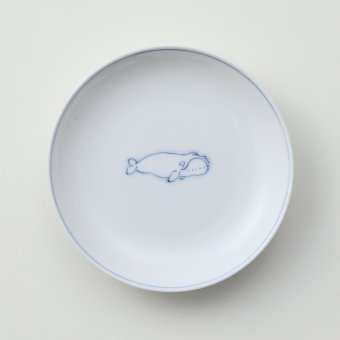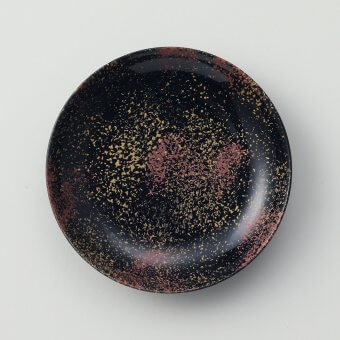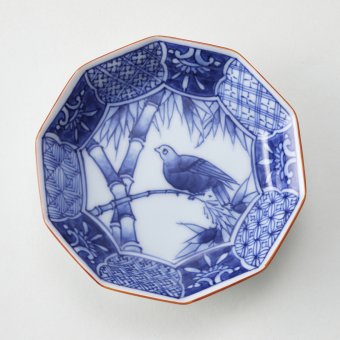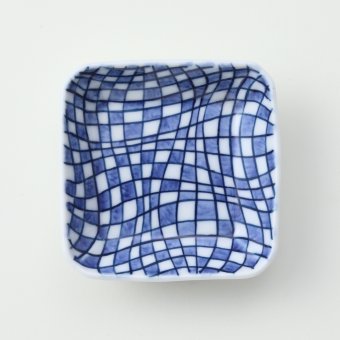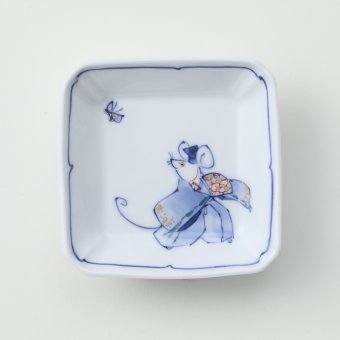1000 quaintness, 1000 pieces, versatile vessel
Mame-zara are said to have originated as salt dishes, and first appeared on dining tables during the Edo period (1603-1868). Eventually, they were used not only for salt, but also for a variety of other items such as shoyu, vinegar, and condiments.
Mikawachi ware in Sasebo City, Nagasaki Prefecture, was a "purveyor kiln" that produced vessels and offerings for successive lords of the Hirado domain, Lord Matsuura, and left behind a large number of unprofitable ceramics. After the Meiji period (1868-1912), the kiln gained popularity for its delicate workmanship and modeling for the wealthy people in Japan and abroad.
At the end of the Edo period and during the Meiji era (1868-1912), he produced thin vessels painted with fine lines, and the spirit of "taking time and effort" has been inherited in the Mame-zara produced today. All of the dishes with patterns and designs are individually hand-painted. The dishes shown here are the standard products of each kiln, and the number of patterns and designs is increasing. The fun of choosing, the fun of combining and assorting, and the fun of devising ways to use them for a variety of purposes. There are endless ways to play with the colors of daily life. We hope you enjoy Mikawachiyaki soy dishware.
Mikawachi ware in Sasebo City, Nagasaki Prefecture, was a "purveyor kiln" that produced vessels and offerings for successive lords of the Hirado domain, Lord Matsuura, and left behind a large number of unprofitable ceramics. After the Meiji period (1868-1912), the kiln gained popularity for its delicate workmanship and modeling for the wealthy people in Japan and abroad.
At the end of the Edo period and during the Meiji era (1868-1912), he produced thin vessels painted with fine lines, and the spirit of "taking time and effort" has been inherited in the Mame-zara produced today. All of the dishes with patterns and designs are individually hand-painted. The dishes shown here are the standard products of each kiln, and the number of patterns and designs is increasing. The fun of choosing, the fun of combining and assorting, and the fun of devising ways to use them for a variety of purposes. There are endless ways to play with the colors of daily life. We hope you enjoy Mikawachiyaki soy dishware.





